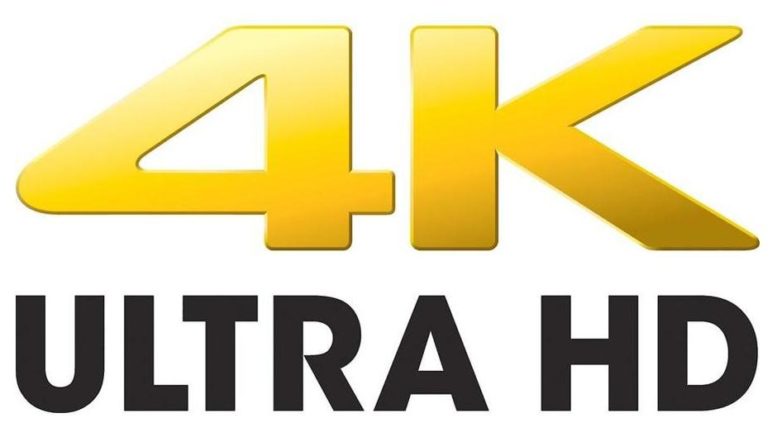This could be another short article. Here’s the proof.
4K video isn’t so important on your phone
Want to know how I know that? Because you’re probably not even watching 4K when you think you are. And if you are watching 4K, in order to really see the difference you either need a magnifying glass. Or, you’d need to be younger than most of the readers of this blog.
You probably can’t tell 4K from standard definition on your phone. There is a level of detail that your eyes can see, and for the most part 4K on a phone is beyond it. Some people’s eyes are good enough to distinguish HD from SD, but I doubt there are many reading this who could tell 4K from HD.
Your phone carrier isn’t helping
Most carriers use a variation of “stream saver” technology. This is something they do on their end. It’s designed to save bandwidth and help people without unlimited plans. Generally, all streaming video is sampled down to standard definition as it goes through their servers. 4K video generally takes about 16 times as much data as standard definition video, and that could mean a lot of congestion on their networks at peak times.
And of course, the carriers are well aware that you probably can’t tell the difference. So there’s that.
Getting real 4K on your phone
Yes, there is a way to do it, but it isn’t easy. If you download 4K video from a source that lets you transfer it to your phone, you can get it that way. None of the major streaming services will send 4K video to a phone. It seems like YouTube will send 720p High Definition and that’s it. I’m not sure about other streaming services.
It’s kind of a shame because there are cases when you could be on Wi-Fi and want to cast from your phone to a larger screen. And it’s practically impossible to get 4K under those circumstances too. That’s the problem with using your phone as a streaming box, and it’s why I recommend people don’t do it.
So why is everyone fired up about the high-quality screens on phones?
The high pixel density on today’s phones gives you a better experience with less eyestrain when you’re reading. That’s the real benefit. There’s some bragging rights involved as well, but the time you see the real improvement is when you’re looking at dark text on a white background. Or, white text on a dark background. That’s when you can really see the edges. When you’re using a screen with high pixel density, everything looks clearer.
The bottom line is…
…our eyes are not designed to see extremely fine detail. As we age, it gets worse. Chances are if you’re in our blog demographic you don’t need me to tell you that. As a species, we’re designed to see detail kinda well and movement kinda well. Humans are sort of general purpose animals. We think better than other animals (at least that’s what we choose to believe) but we don’t have the fine senses other animals do. It’s just how we’re built. And that’s why your phone shows you SD, because that’s how you’re programmed to see moving pictures. Nothing wrong with that, and you might as well save a little on your data plan now that you know it.





